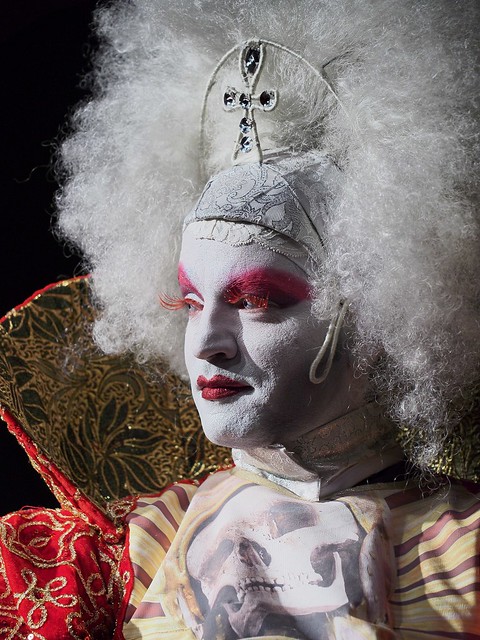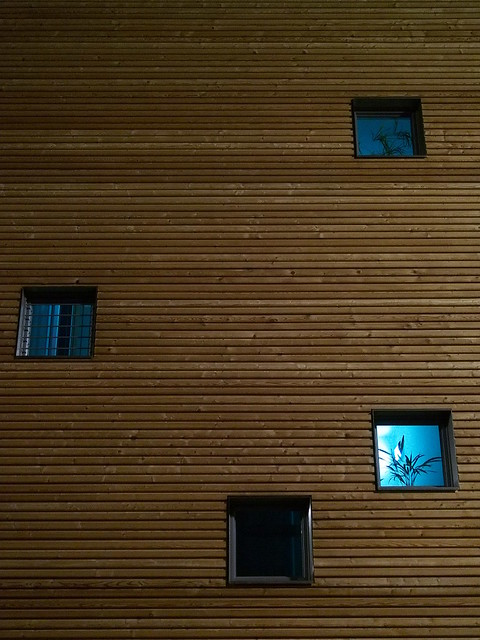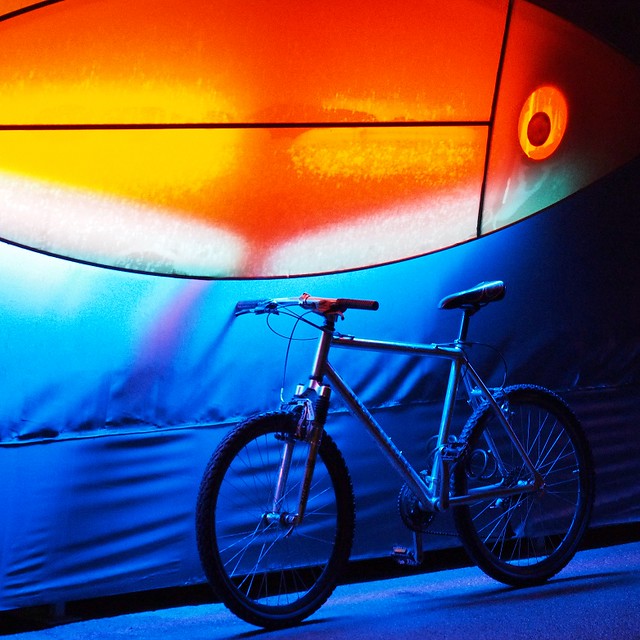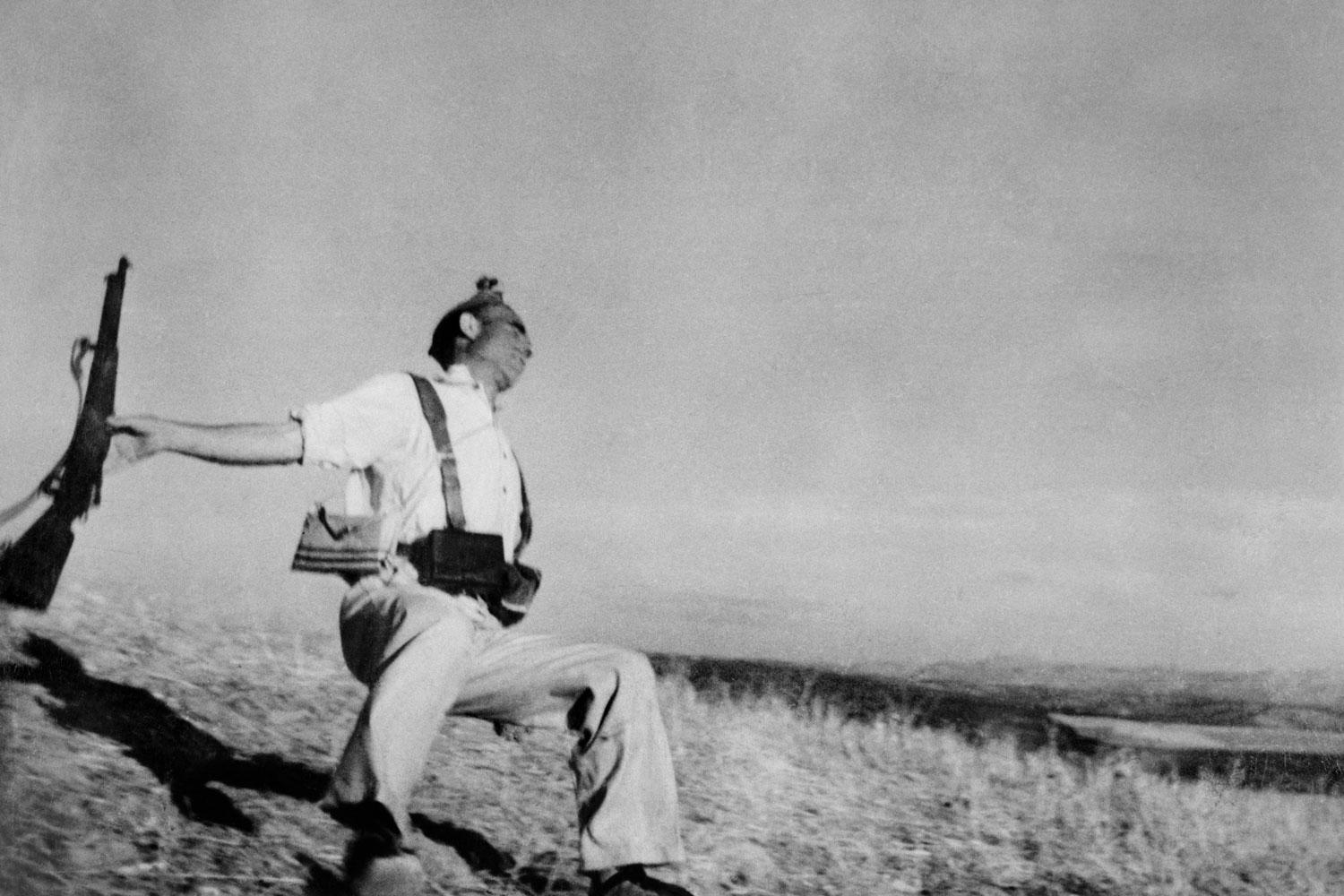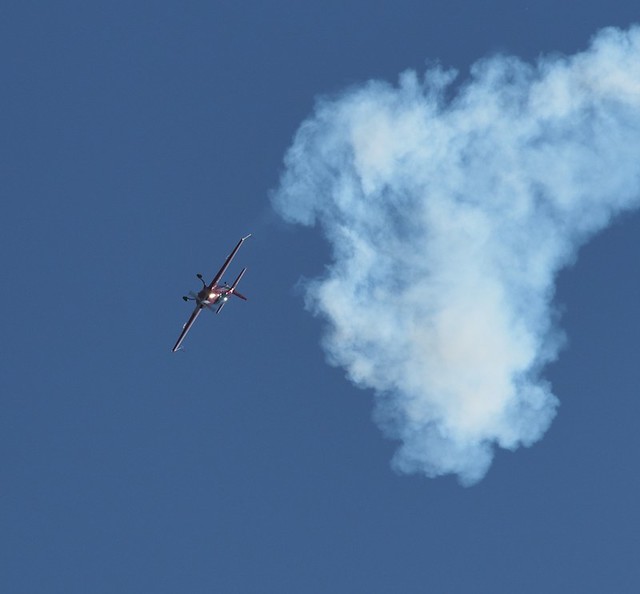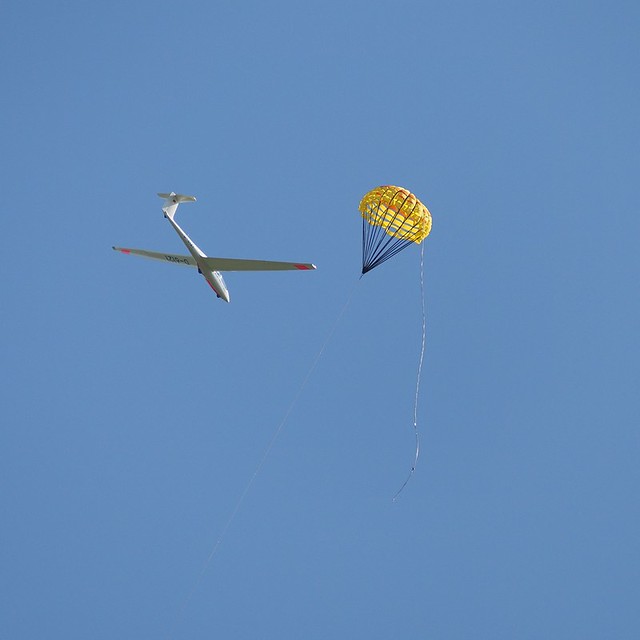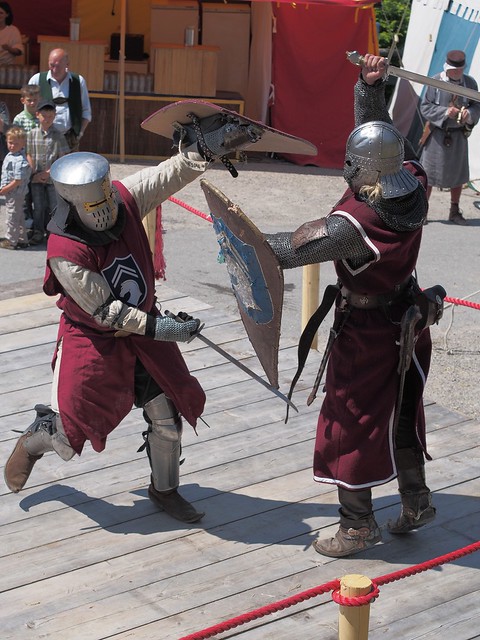Theodoros Fotometria
New member
Can anyone post a great image that was done using a camera with EVF? …whenever I've tried such a camera, I felt I was unable to think of the outcome… It was like there was a stupid filter that was blocking my mind to visualise the outcome….
Is it me? Does any one find that such a camera has helped him to treat lighting better and thus to improve his photography?
OTOH in studio, all still life I do is using tethered LV on to a computer monitor, the OVF of the camera is used for framing only… It makes all the difference… I started thinking of this paradox, till I realised that composition, lighting and direction was done by using direct vision to visualise the outcome …LV was only used as an instrument to set some parameters that otherwise would need more testing… just like using a polaroid back on the film days…
I would appreciate a conversation on the matter, especially from people that have a different opinion.
Is it me? Does any one find that such a camera has helped him to treat lighting better and thus to improve his photography?
OTOH in studio, all still life I do is using tethered LV on to a computer monitor, the OVF of the camera is used for framing only… It makes all the difference… I started thinking of this paradox, till I realised that composition, lighting and direction was done by using direct vision to visualise the outcome …LV was only used as an instrument to set some parameters that otherwise would need more testing… just like using a polaroid back on the film days…
I would appreciate a conversation on the matter, especially from people that have a different opinion.






